The augmented arpeggio is one of four triads (major, minor, augmented, diminished).
The augmented arpeggio contains the following:
1 – 3 – #5
It is the ‘sharp 5th’ that gives the augmented arpeggio its distinctively dissonant sound.
A unique characteristic about the augmented chord is that it is what is known as a symmetrical chord. This means that the intervals between each note are evenly spaced out. There is a major 3rd separating each note, including the #5 and the root. The result is that any two augmented chords that share one note, share all notes. This might sound a bit confusing, but let’s demonstrate with some examples.
The C augmented chord contains:
C – E – G#
The E augmented chord contains:
E – G# – C
The G# augmented chord contains:
G# – C – E
As you can see, these three ‘separate’ chords contain identical notes. Note that I am referring to chords, but of course an arpeggio is effectively a broken up chord, so the same theory applies to arpeggios.
5 CAGED Augmented Positions
Just like any arpeggio or scale, we want to master 5 movable CAGED shapes so that we can play in every key and every position. Let’s look at the 5 movable shapes for the augmented arpeggio, using C augmented as our example:
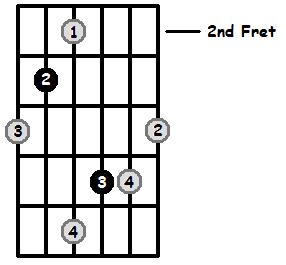
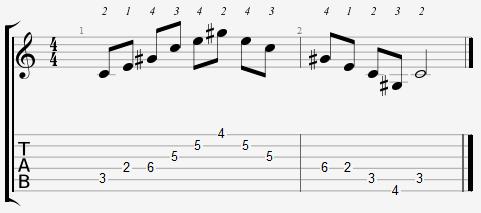
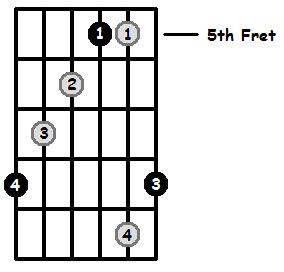
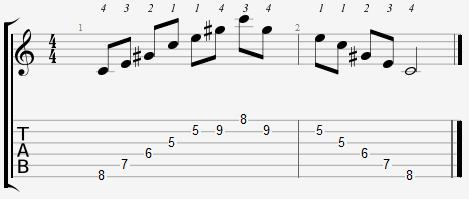
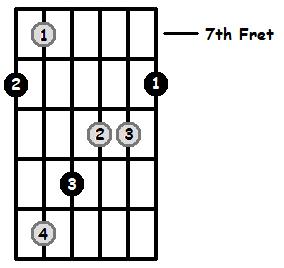
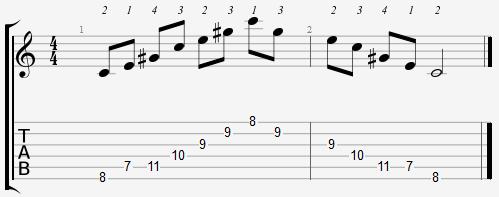

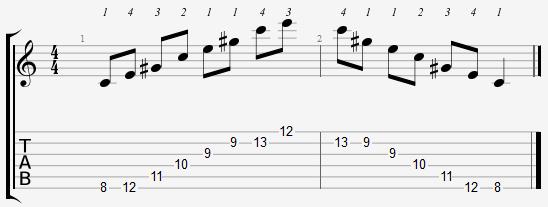
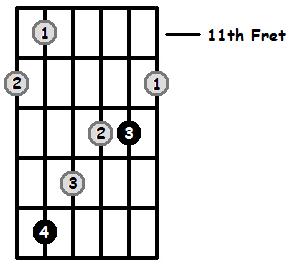

Links to individual keys will be posted here soon. For now, have a go at memorizing the shapes and changing keys.
